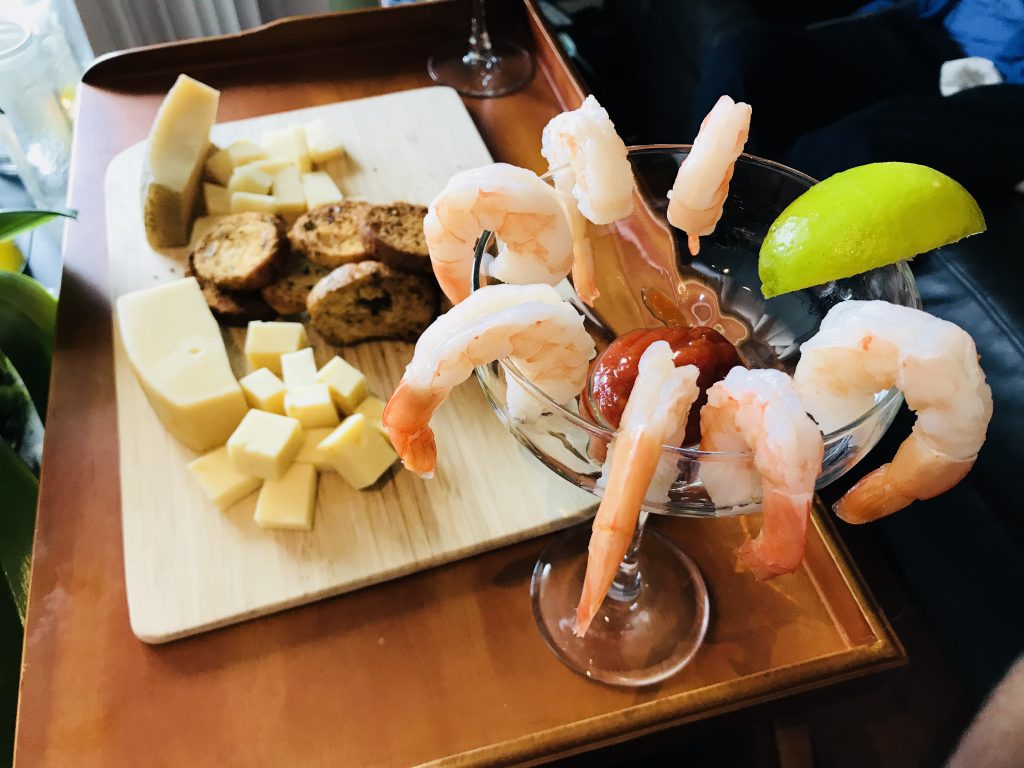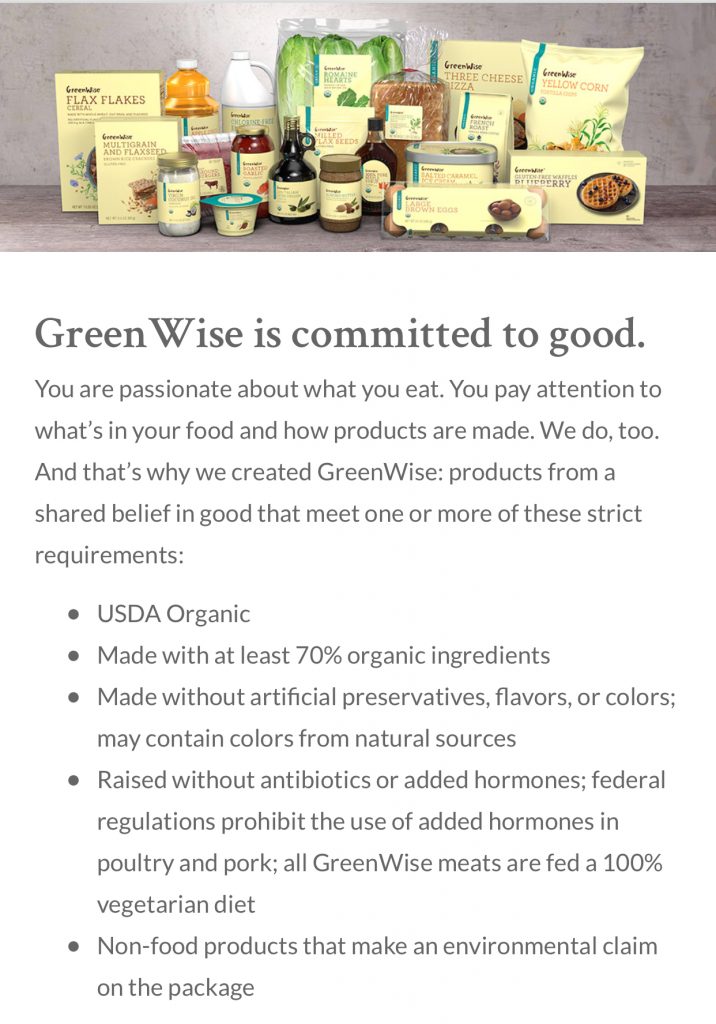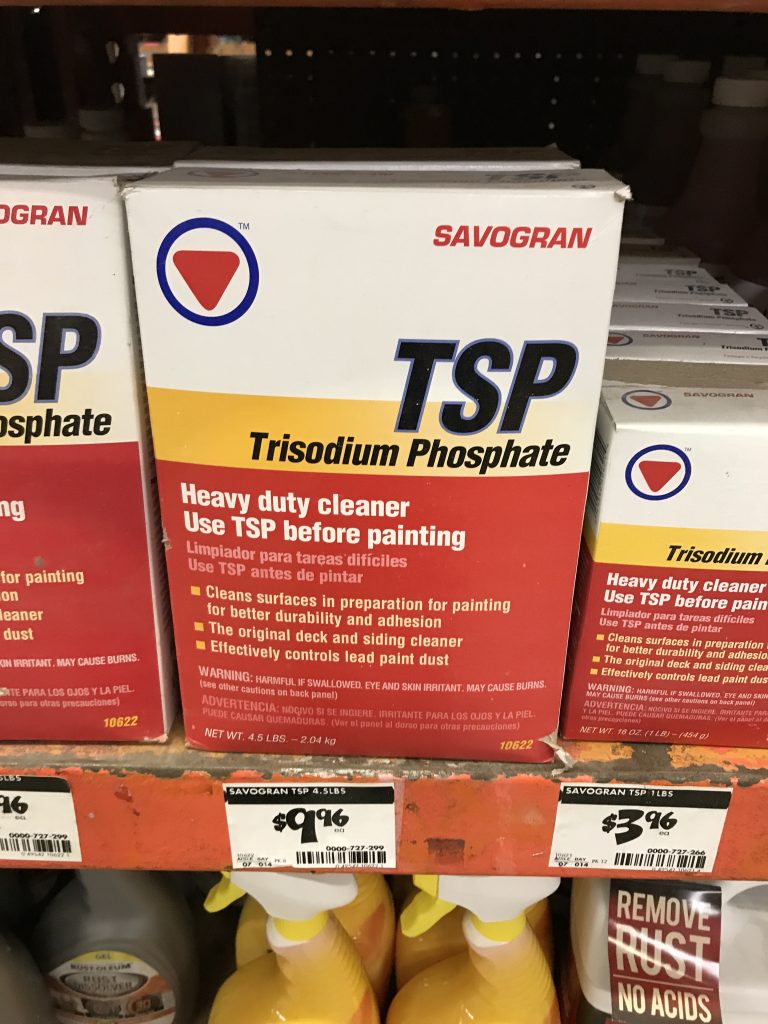
Each day, consumers are offered more and more ways to make better choices and eat healthier, which will hopefully lead to a longer life with less visits to the doctor. Organic versions of our favorite foods are increasingly popular and available, even foods that you didn’t even think could be organic are showing up on supermarket shelves. While walking through the beautiful pristine isles of Target recently, I spotted an organic version of Capri Sun fruit drink. Yes, the sugar and chemical mix of yesteryear is now organic. But is it any better for you? Healthy labels may sound great, but more choices actually means more research for the person trying to do the right thing. As it’s often noted, food has a story and you should know the characters involved and the journey its made, before it ends up in your stomach.
Lets start with the ever popular “organic” label that’s increasingly making its way onto every edible product there is. Many might automatically assume that seeing this indicator of strict standards means you’re doing something good… the prices certainly allude to this. However, choosing organic simply means you’re getting something that was created, raised or processed in a certain way, it doesn’t mean you should be putting it your body. Using our first example as a start, most would agree that sugar is the mother of all evil, especially when it comes to kids. It’s no secret that childhood obesity is a huge problem in the United States. If the thought of spoon feeding your kid 4 teaspoons of sugar makes you cringe, that’s exactly what your doing when you give your kid a single pouch of this “organic” Capri Sun juice (16 grams is roughly 4 teaspoons). Not so great anymore is it? Hey at least it inspired me to write this little blog post.
For dinner, you might decide that some organic chicken might be great for your family since the label clearly says “no hormones or antibiotics used.” First of all, half that label is redundant since by law hormones aren’t allowed to begin with. They might as well say “no razor blades” also. Secondly, while an organic chicken may be antibiotic free, or even “cage free,” unless it’s actually “free range,” as in running around in the sunshine, you’re eating an animal that was probably grown indoors within a ventilated aluminum tube, somewhat like an airplane fuselage. Consuming this creature means you’re also “downloading” any stress related bio-toxins produced as a result of living such a miserable existence. We all know that stress is one of the leading contributors to cancer and other illnesses, and this is a great way to experience it chemically. At least you didn’t have to actually get in a car accident or juggle a family and a career to produce it yourself. Remember that organic doesn’t necessarily mean humane. The same goes for beef and pork.
Of course there’s also the subliminal type of misleading information simply associated with a brand itself. You might automatically assume that shopping at a particular grocery chain means you’re eating organic and healthy, because that’s the image they want popping into your head. Assumptions are the mother of all fuck-ups and in the food industry they are counting on it. Take for example a little survey I did on my own. I asked my friends and family what’s the first thing they thought of when I mentioned the Publix Supermarket product line Greenwise. Almost all of them replied “organic” immediately. This is actually far from the case, as the supermarket chain states on their own website:

While these sound like pretty good requirements at first, giving it more thought one might realize according to their own definition, foods colored from crushed bugs is perfectly acceptable… because it’s natural. And yes, this is actually a thing, it’s called cochineal. Natural doesn’t mean healthy or even safe, ask anyone that’s ever had lead or mercury poisoning, which are very natural elements found on our planet. Also, notice that Greenwise products need to adhere to only one of those requirments, not all of them. One, in particular, is rather disturbing to me because it uses the word “claim.” In other words, anything they want to say but it may not be true in the least.
A great example of all this confusion can be found with the very pricey Greenwise Raw Shrimp, which besides containing sodium sulfite, a “natural” preservative, is not organic, is from Indonesia, and is “sustainably” raised. What does that even mean overseas? Consumer Reports did some kick ass research regarding shrimp safety and the issues surrounding imports, and it wasn’t pretty. The lesson here is to not assume anything, regardless of the brand, and read the ingredients even when you think there’s only shrimp in that bag. Save your money and buy the regular Publix brand shrimp instead, which doesn’t have sodium sulfite… uh, well, they use trisodium phosphate instead, an ingredient commonly found in laundry detergent, stain remover and degreasers. It makes the shrimp look shiny and causes them to absorb more water, which is helpful when you’re selling them by weight. And the best part is you can buy it at Home Depot. Yeah these are the same people that sell Greenwise products.

These are just a quick few examples of how a consumer needs to do their homework and know what they’re putting into their facial orifice. Don’t let your assumptions get the best of you and don’t trust others to do the research. I repeat, don’t trust anyone. I love doing research (can you tell?) but even I get overwhelmed at times. You’re not going to get it right a hundred percent of the time, but you’ll at least have a fighting chance to mitigate the effects of all the other crap we’re exposed to. Know how to spot bullshit by reading between the lines, especially with generalizations that mean little or nothing. Become your own “food attorney” while reading lists of ingredients and keep in mind that when push comes to shove, everyone is trying to make a buck. Don’t let it be at the expense of your health or the ones you love.
